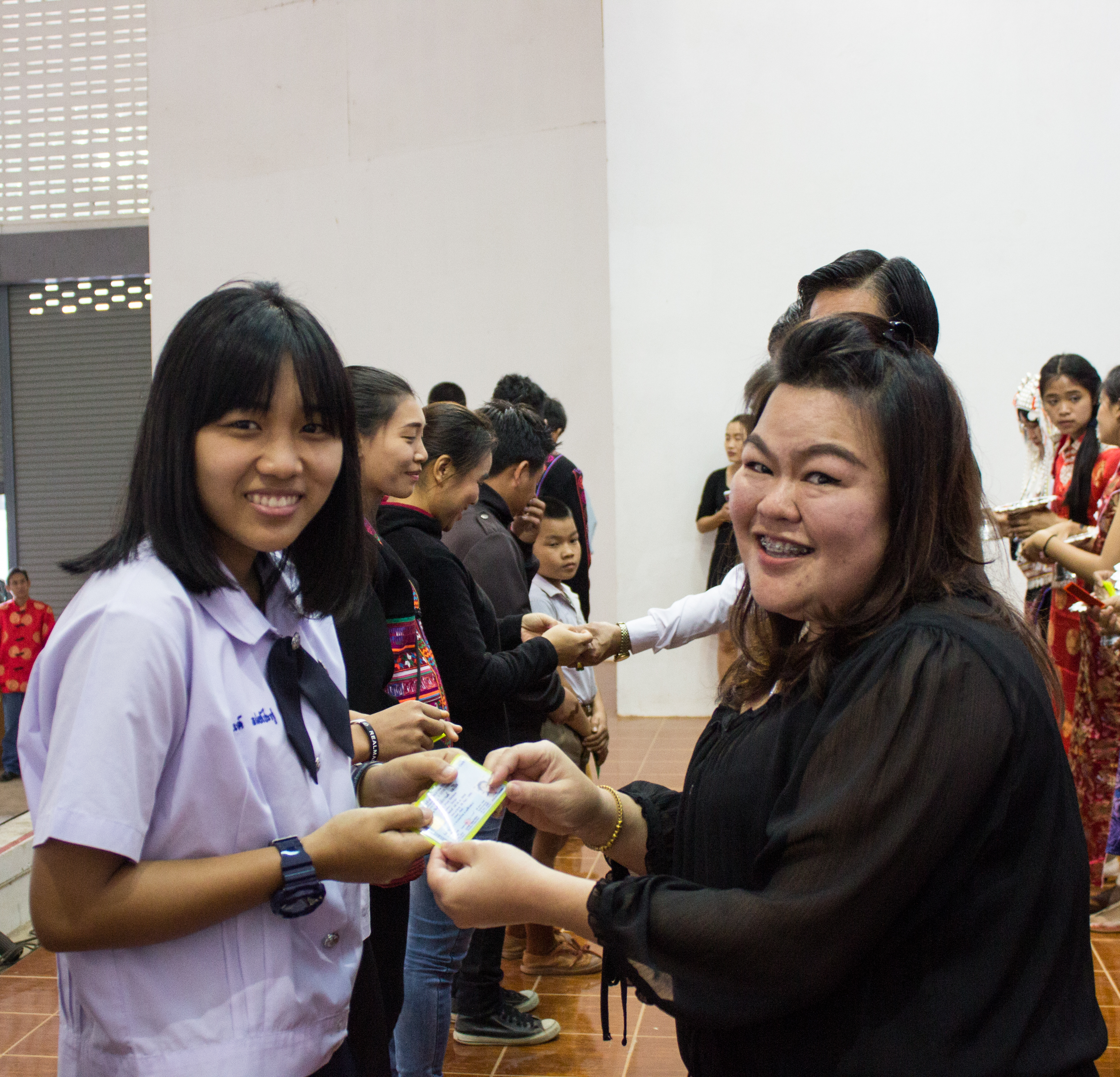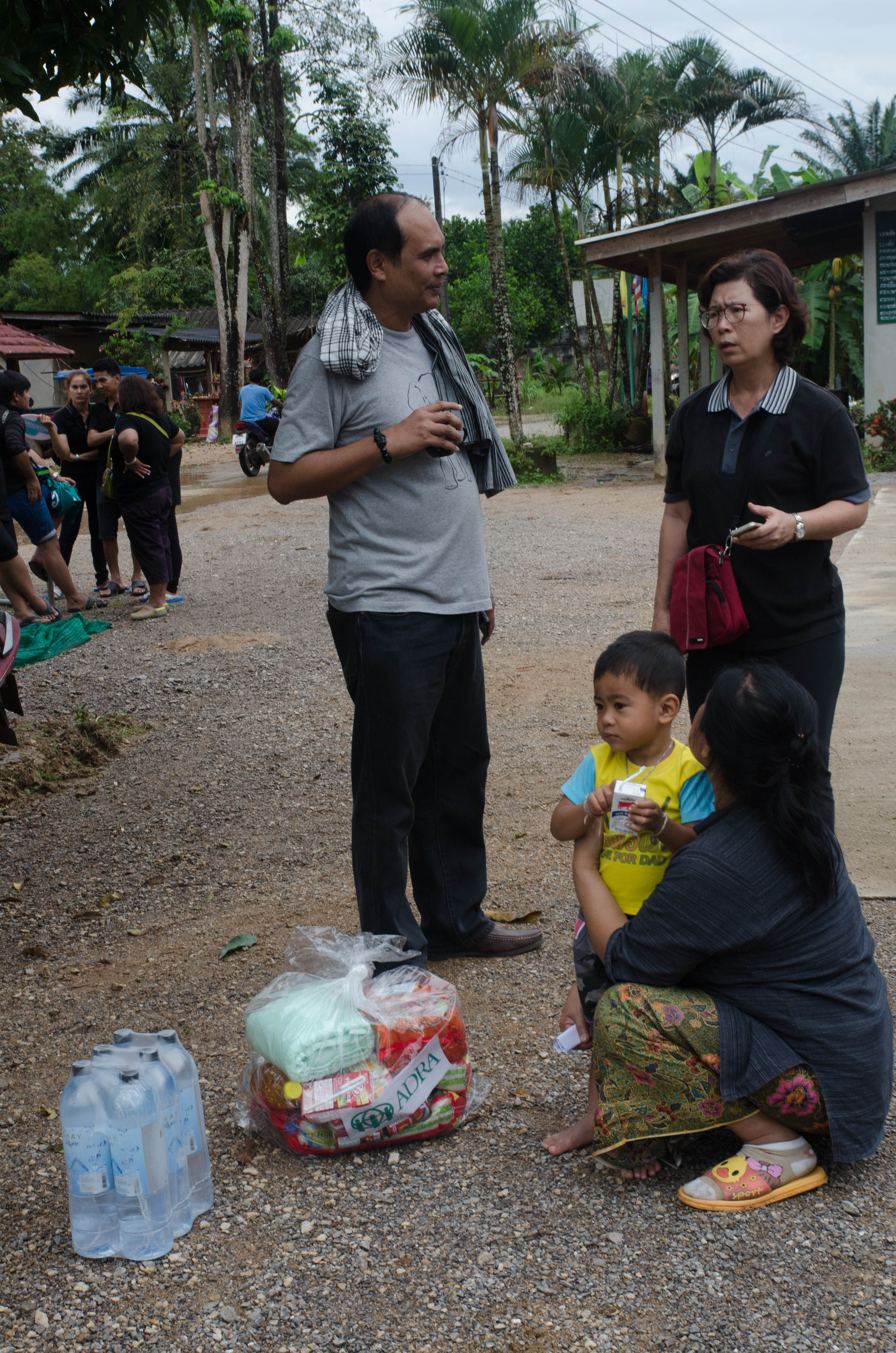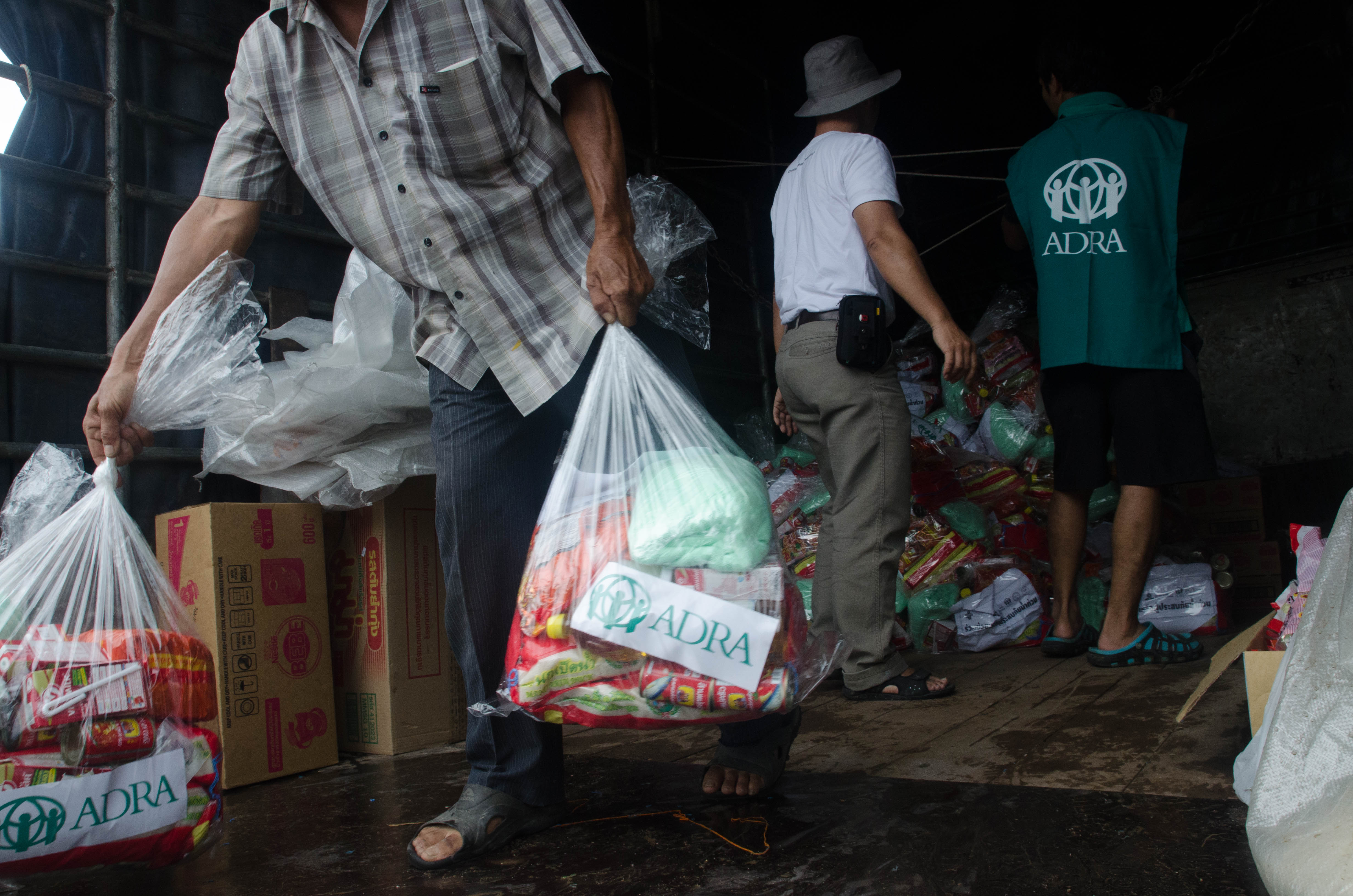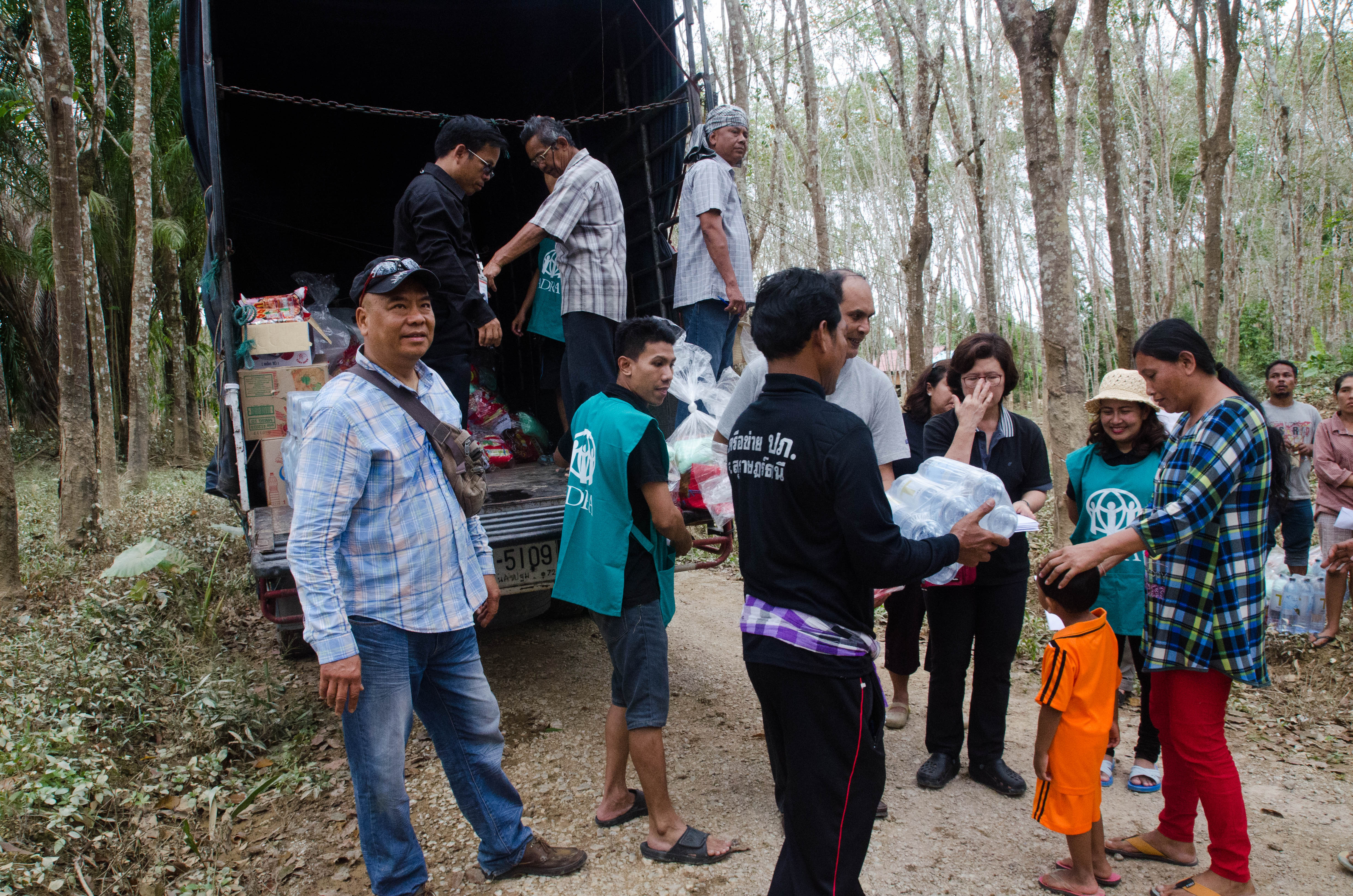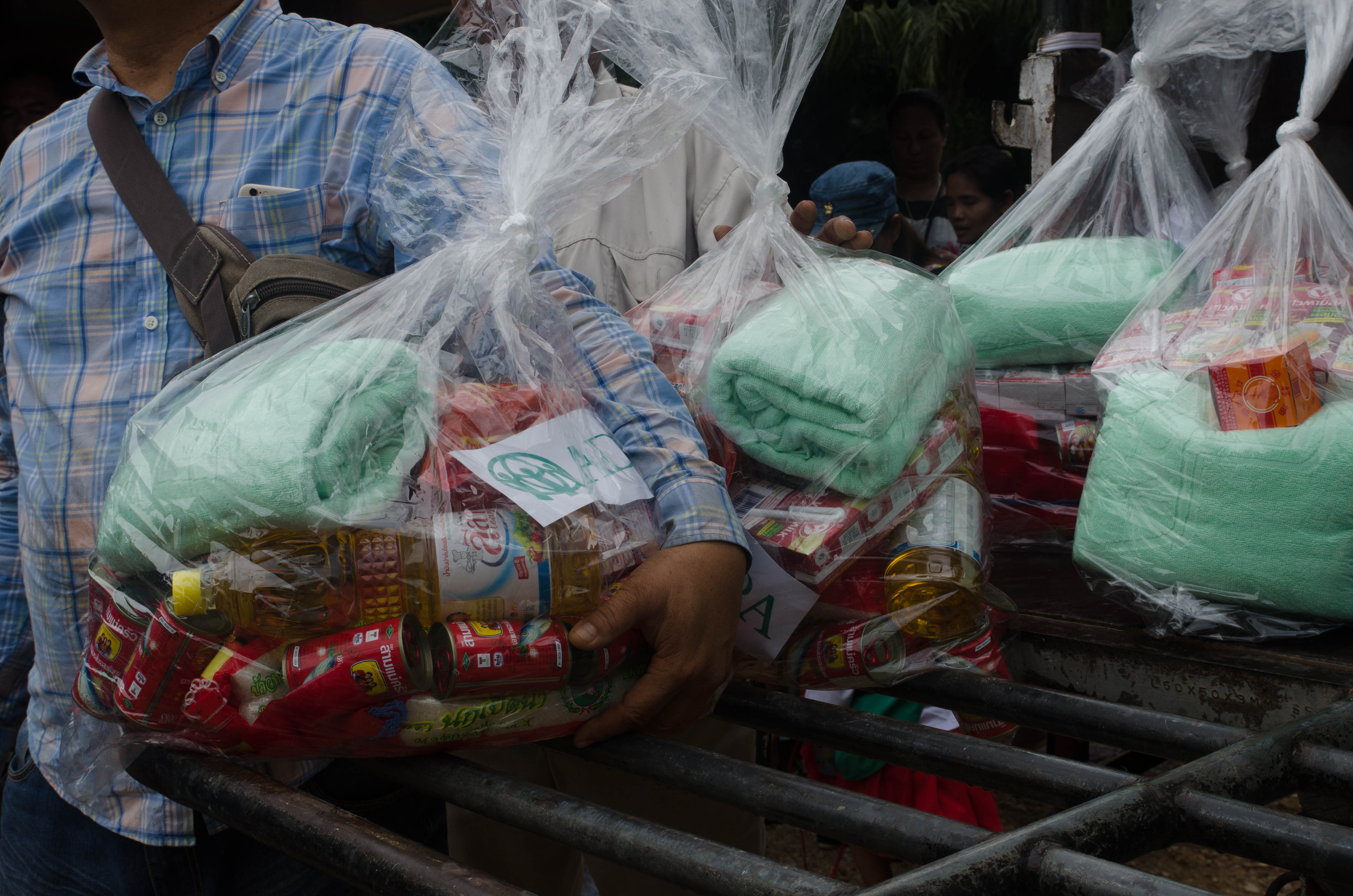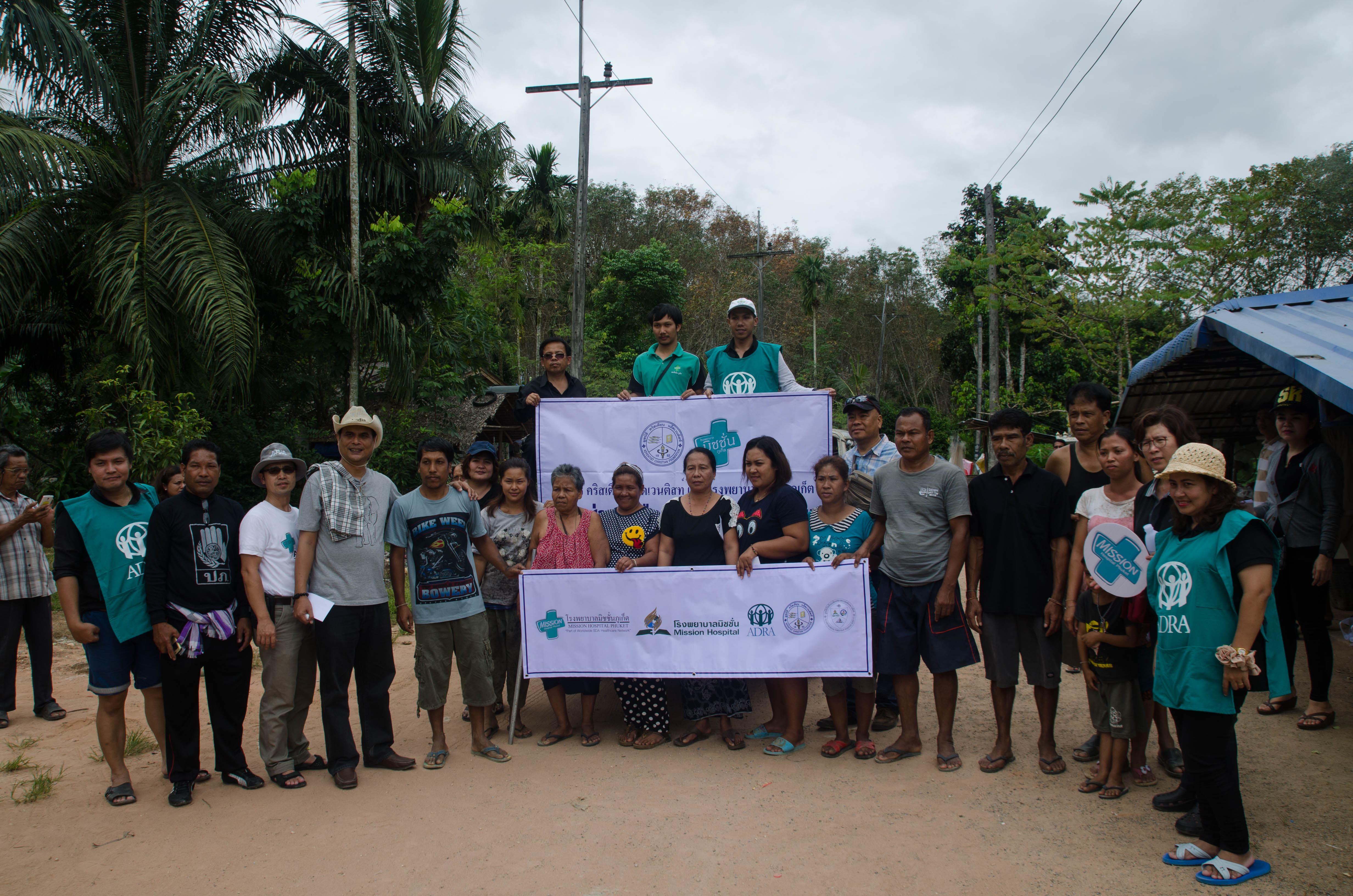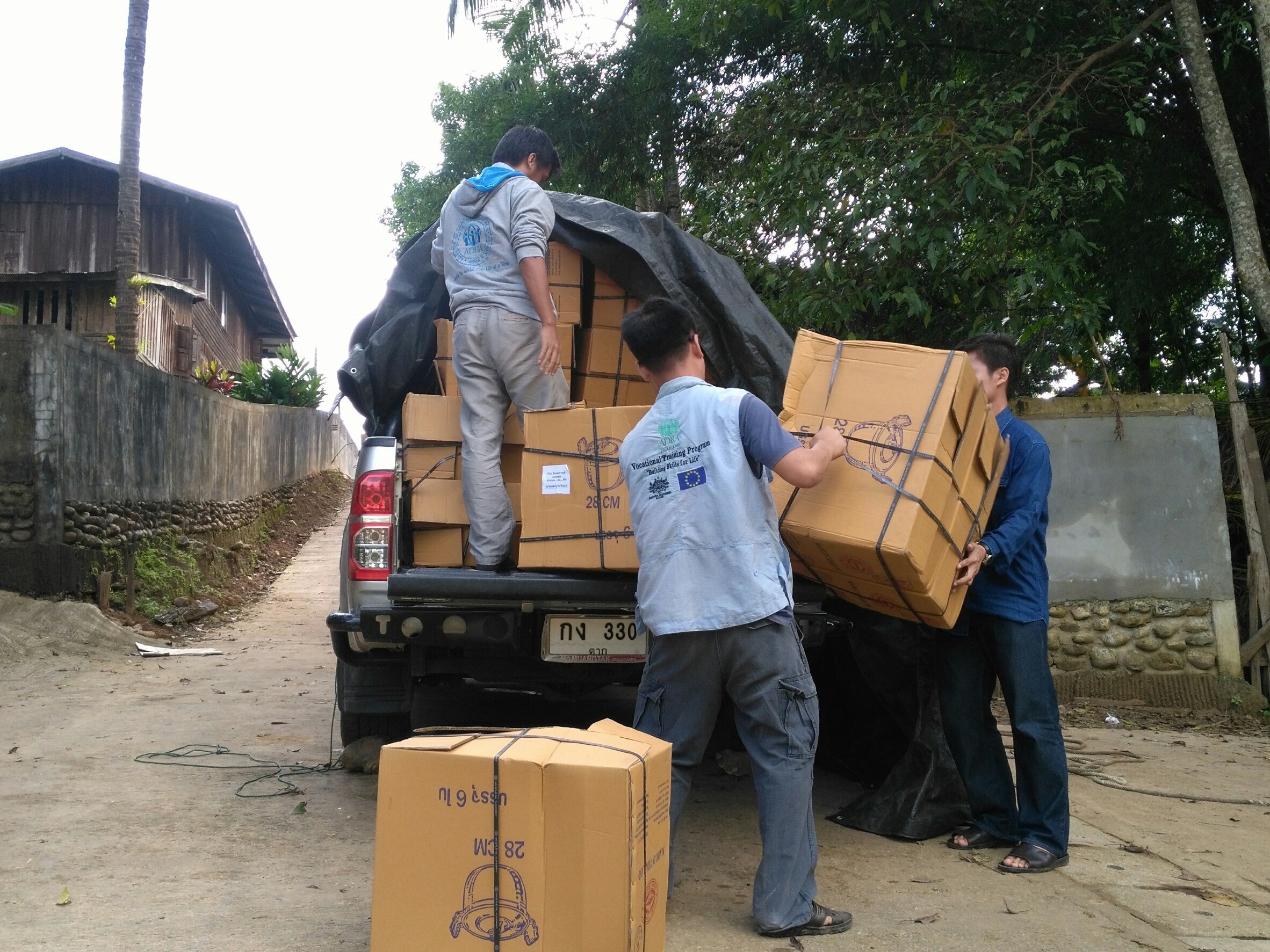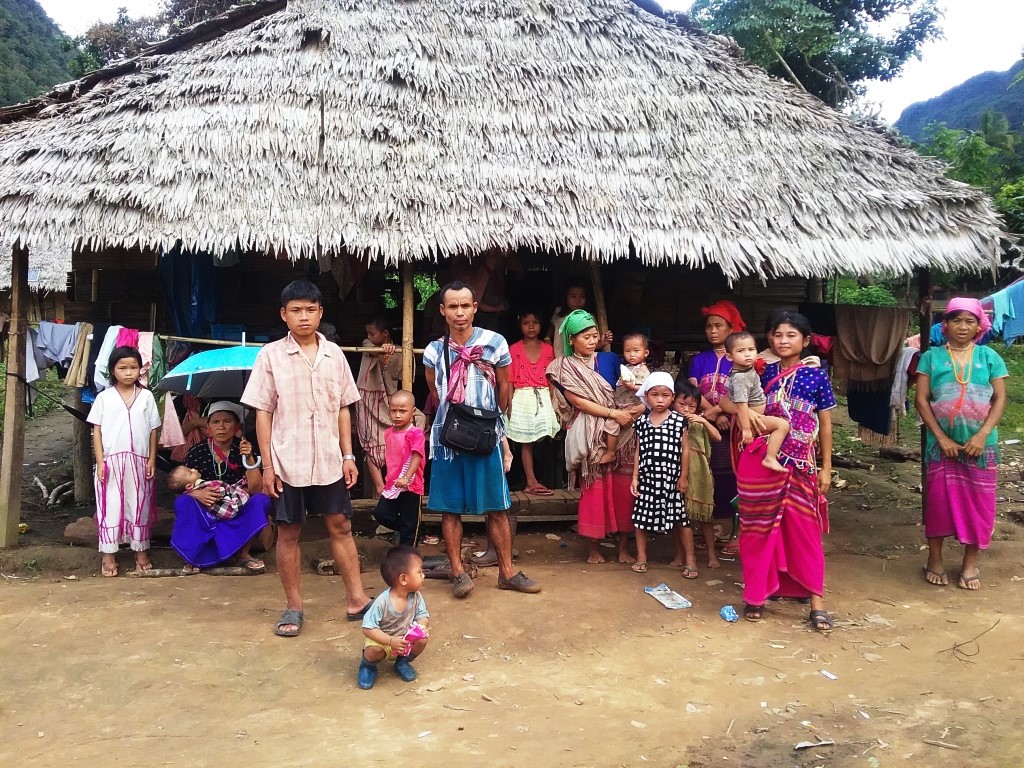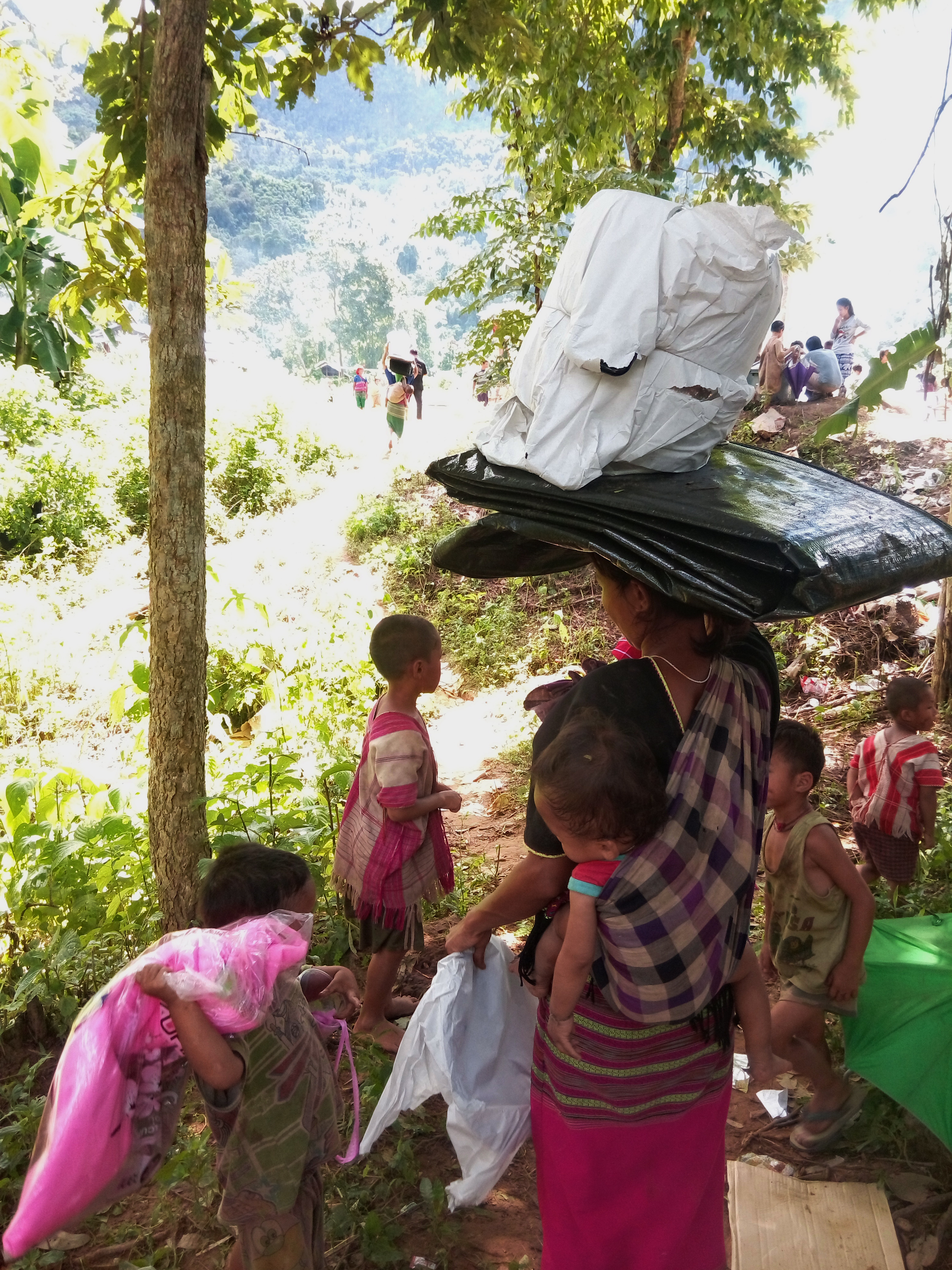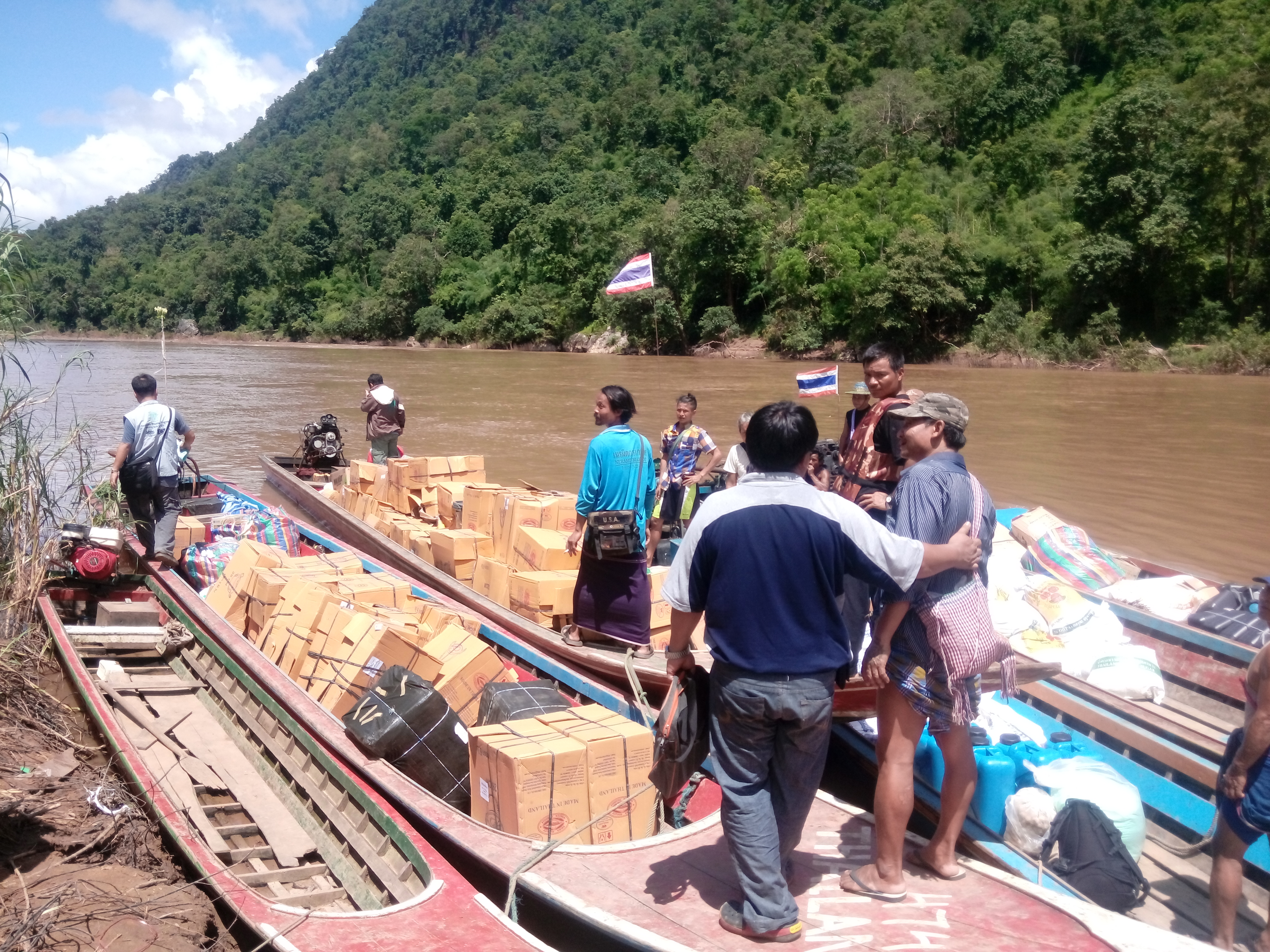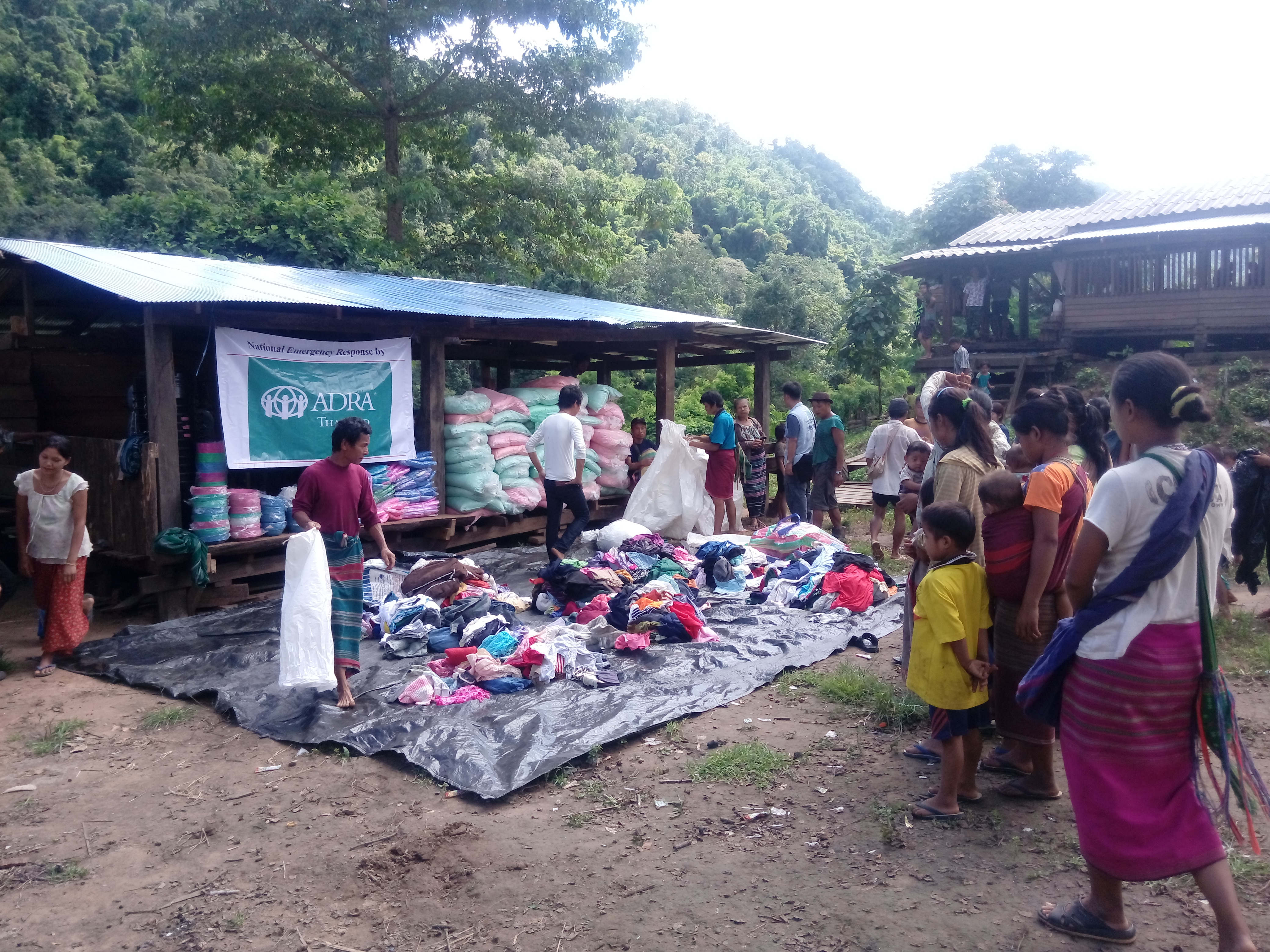
Triumph for Artee
Triumph for Artee
We have been following Artees journey over the past year as we have assisted her in applying for Thai Citizenship, which began long before ADRA or UNHCRs involvement.
Artee first began preparing documents eight years ago before submitting for full nationality 4 years ago. Unfortunately after several years with no word, the district office informed her they had lost her application and that she would have to re-submit. The village elders had trouble supplying her with important documents needed to re-submit and other complications further slowed progress. However, with ADRAs assistance in chasing up loose ends Artee was able to lodge an application early last year and was rewarded for her efforts on the 24th November 2016. On this day Artee was declared a Thai Citizen; by taking part in a naturalization ceremony and receiving her very own Thai Identification card.
The ceremony saw over 300 stateless individuals naturalized and become official Thai citizens, many of them children. Several represented their communities in traditional dress, and countless others supporting the occasion. It was an exciting time for those who now have a myriad of opportunities and a bright future ahead of them.
Artee is the first one in her family to get a Thai ID card in her family, and she says that this has changed her future. “I can go outside my province and continue my studies. I can get a loan for my studies now. Before I felt very bad, my friends joke and say I cannot leave my village or go anywhere. My parents don’t study, they don’t know about the law”.
By having Identification, Artee now has access to facilities and benefits not possible before, paving the way for possibilities. She has only left her district once for a school trip, and now she can leave whenever she pleases; perhaps even apply for a passport to go abroad. Government healthcare benefits are accessible and job opportunities are easier to come by. There was a time when the Government offered scholarships to Artees peers, and unfortunately those without identification were denied the same access to financial aid. This is a constant in the life of a stateless individual; overlooked and denied what is so easily accessible to those around them.
Her enthusiasm and vigor was contagious as Artee described her plans to ADRA and UNHCR staff on the day. She intends to continue studying and obtain a bachelor’s degree in education, if her financial situation will allow it. Subsequently, Artee has her four siblings and mother to consider before going off to university, but is confident that she will find a way. If she cannot support herself and help her family she will work for a few years to save money and then proceed to go to university. Artee would like to be a teacher, but also has an eye for business and would love to run her own furniture store one day. This way she can provide for her family and use her skills in a practical setting; currently she studies business at school.
Now she is asking ADRA to follow up with her siblings nationality application, so they may have the freedom she is ready to embrace. Already people in her village are asking questions on how they can get an ID card, and she tells them to go and see ADRA. “They prepare documents and can help you. They go to the District Office and do follow-ups, they do everything they can to help you. I am very happy they helped me, thank you ADRA and UNHCR”.
Artee holds up her new identification card at the naturalisation ceremony.
Photograph by Brittanie McLean
Artee and her friends who also took part in the ceremony and received identification
Artee stands with a district officer after the ceremony.




